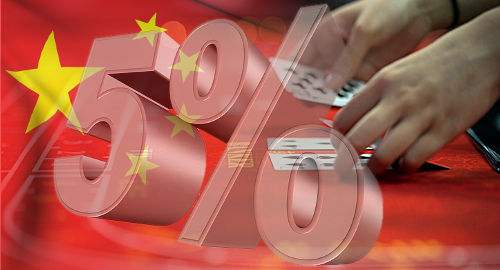 Macau casinos have yet to lure 95% of mainland China’s consumers, according to a new market survey.
Macau casinos have yet to lure 95% of mainland China’s consumers, according to a new market survey.
This week, the Sanford C. Bernstein brokerage released its 2017 ‘premium consumer usage and attitudes survey,’ which determined that the average mainland gambler in a Macau casino is most likely to be male, 36 years old and to have visited Macau three times in the past 12 months.
The survey noted that the average Chinese gambler earns a monthly salary of only about RMB 19k (US $2,900) yet budgets “at least” RMB 20k in gambling spending for each trip to Macau. Approximately 61% of mainland Chinese visitors to Macau are male.
In terms of accommodation, the ‘average’ Chinese guest in Macau tends to gravitate towards rooms in the mass market-focused Sands China properties, while more affluent visitors tend to patronize properties operated by Melco Resorts & Entertainment and Wynn Resorts.
The brokerage also noted ominously that guests at SJM Holdings’ aging peninsula properties “are getting older,” adding new urgency to the arrival of the new Grand Lisboa Palace, which recently pushed back its scheduled opening to “end 2018” after a fire broke out at the construction site last month.
The survey claimed that Macau casinos have to date only been visited by about 5% of the “addressable” mainland consumer market, leaving lots of headroom for future growth and echoing claims by Las Vegas Sands boss Sheldon Adelson that the Asian casino market “ will never be satisfied in my lifetime. It will probably not be satisfied in yours.”
The brokerage suggested that Macau’s gaming revenue would enjoy compound annual growth of 6.4% over the next 10 years, with VIP gambling to rise 4.8% per year and mass market growing nearly 8%.
An earlier note from the brokerage noted that the ranks of so-called ‘premium’ mainland consumers – those earning over RMB 25k per month, not so-called ‘premium mass’ gamblers – would enjoy 28% compound annual growth in the next five years, rising from 4.7m individuals in 2016 to 16.2m by 2021.